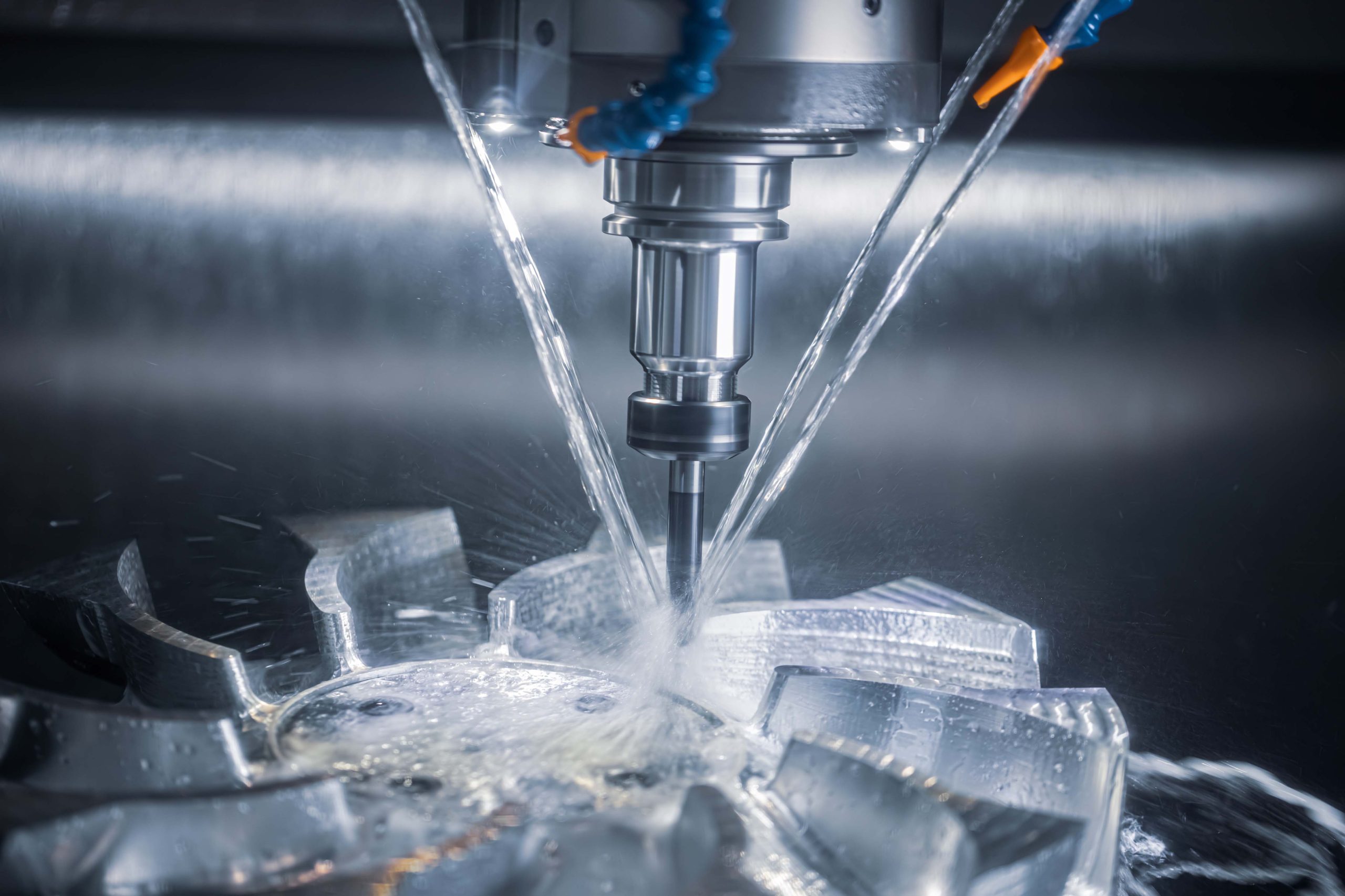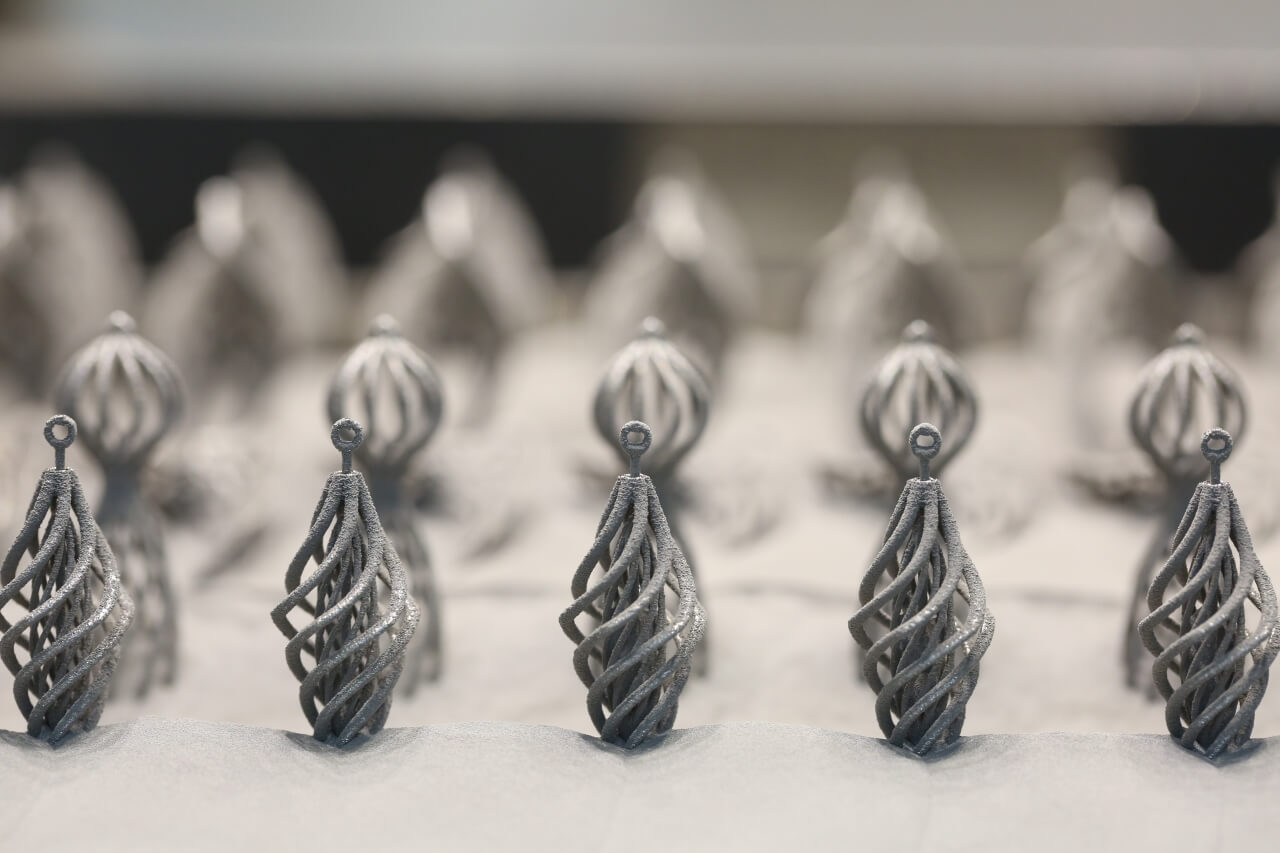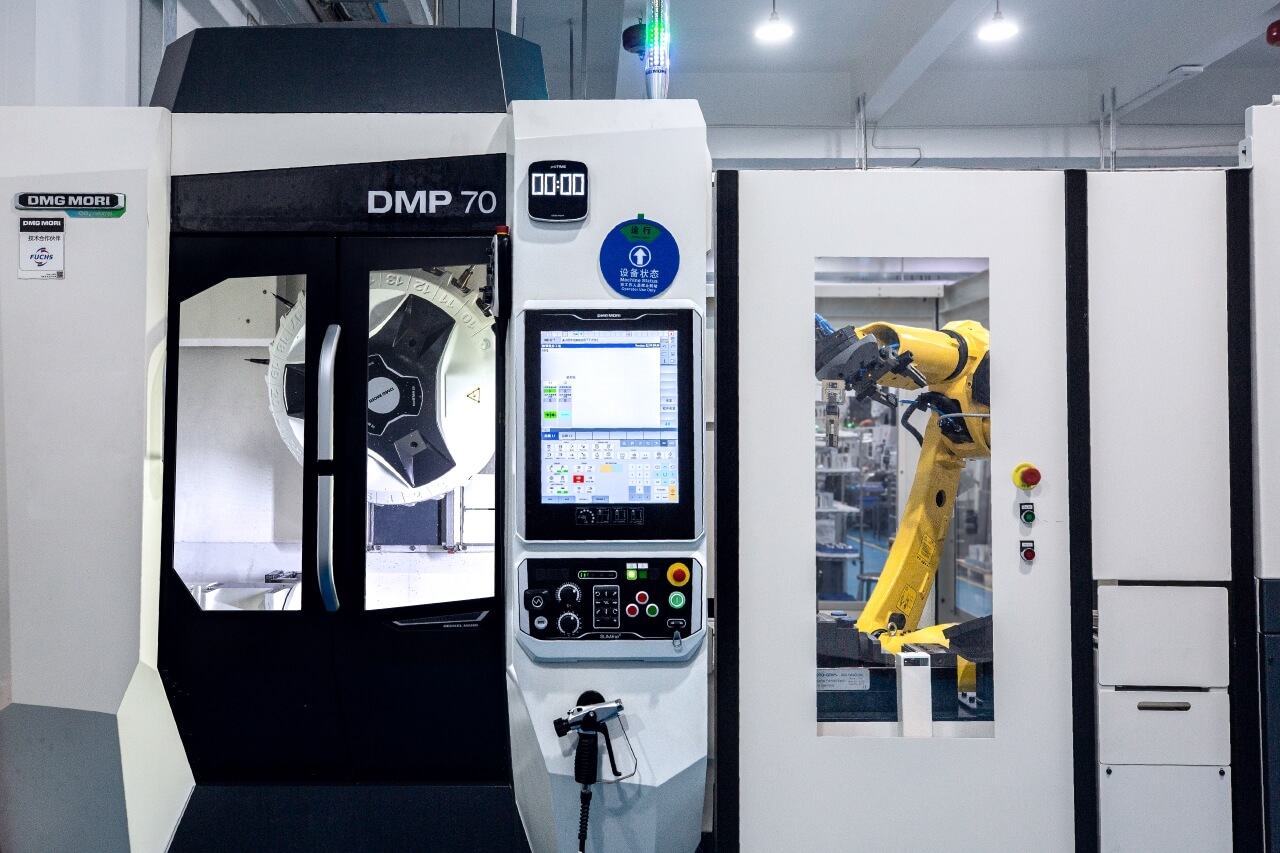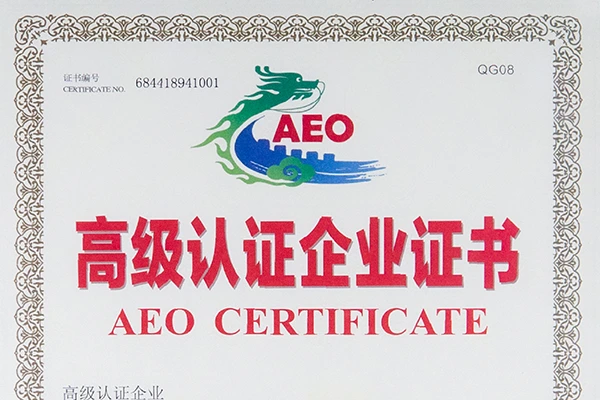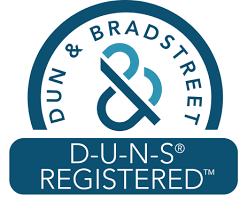Micro molding is a specialized form of plastic injection molding for making parts on a very small scale. How small? Finished components can easily weigh less than 1 g and measure smaller than 1 mm in cross-section.
How can this help you? To understand the many benefits of micro molding for small plastic parts, we should first look at how this process differs from conventional plastic injection molding. Then we’ll be able to understand the applications it’s best suited for, especially in medicine and related diagnostic and healthcare products.

Size Matters
Plastic injection molding machines are rated by the clamping force used to hold the two halves of the mold together. Even small conventional machines have a clamping force of at least 50 tons. That’s the maximum amount of injection pressure such a machine can withstand until the mold is forced open, which causes flashing and can damage the mold tool. So operators keep the pressure below this threshold, but not much below. That’s because if the pressure is reduced too low, there won’t be enough force to fill the mold before the resin solidifies.
Can Big Machines Make Small Parts?
It’s technically possible to use a big machine to make very small parts. But it’s not a very smart choice.
Small parts use smaller molds, and these have equally small cavities, gates, and runners. Such tools, and the resulting parts that they make, are highly sensitive to fine adjustments in pressure or temperature. But larger machines are more difficult to control precisely. Relatively speaking, it’s like using a sledgehammer to make a swiss watch.
And using a large machine to make small parts is a waste of resources because they have larger barrels with a big volume of molten resin. During one cycle, only a small amount of resin is used in each shot. The remaining resin is in the barrel, staying hot for too long. This causes the resin to degrade and can ruin the part. Smaller machines avoid this problem because they have faster cycle times and shorter barrels.
Finally, bigger machines also consume more electrical power, regardless of the size of the finished part. These operating costs are then passed along to the customer, further decreasing process efficiency.
What Are The Advantages of a Micro Molding Machine?

Miniature injection molding machines, such as our Babyplast 10/12, operate at 10 tons of clamping force at most. For a product developer, these machines represent five distinct advantages when making small parts.
- Mold tools are much smaller and thus less expensive, costing approximately 40% of the price of a full-sized tool.
- Micro molding consumes much less raw material. This includes not the only material used to make the part but also leftover resin in the gate and runner system as well as the barrel.
- Fast changeovers are aided by using an online digital database that can hold one thousand unique job set-up parameters. And it’s also easier and faster to flush old resin out of the system to prepare the machine for a different material.
- Hot runner systems are used to precisely control the temperature of the mold during production.
- Faster cycle times. Micro molding machines have short, compact barrels, and the gates and runners are also of short length. Therefore even multi-cavity molds can be cycled much more quickly than their larger counterparts.
Are There Challenges for Micro Molding?
There are a few areas where micro-sized parts pose a greater challenge for the molder.
- Small cavities with tiny features and thin walls are harder to machine into the tool steel. That’s why we use NAK80 or H13 polished stainless steel to make small mold tools. These steels have a fine grain with a dense molecular structure so we can use our multi-axis CNC machines to make fine features with high accuracy and tight tolerances.
- Resins behave differently when micro-molding compared to their full-sized counterparts. This is because resins experience high shear forces as they are forced to fill very small cavities quickly. Since sheer is closely related to resin temperature and injection pressure, it’s important to use dedicated micro-machines that can be adjusted with fine gradations to achieve optimal results.
Measuring Small Parts
Ultimately it’s not possible to make small parts reliably unless they can be measured reliably. That’s why we have advanced 3D scanners and coordinate measuring machines that we use at every critical step to constantly monitor physical dimensions. And of course, this same careful attention to detail is used to make the mold tools.
What are Micro Parts Used For?

One of the fastest-growing markets for microdevices is the medical field. Some components can be quite small but relatively simple, while others conceal great complexity in a very small space.
What’s most important is that hospitals, insurance companies, and patients are all interested in limiting as much as possible any invasive procedures inside the body. And everyone also wants to control costs. Therefore, there is constant pressure to develop new products on a small scale that offer diagnostic and therapeutic remedies that don’t require surgery. To do this, advanced applications combine passive enclosures with sophisticated electronics, sensors, and mechanical actuators to create an entirely new class of healthcare devices.

Some devices are injected into the bloodstream or placed under the skin where they monitor many bodily functions. Other sophisticated mini-machines might use microfluidic pumps to deliver small doses of medicine. They can be made from bioabsorbable materials that naturally dissolve inside the bloodstream, or automatically send alerts to doctors or other caregivers should any health conditions fall outside a predetermined range of values.
Is Micro Molding Right For Your Next Project?
The range of potential applications is constantly expanding and is only made possible with advanced manufacturing solutions that support the latest product designs. Contact us today to speak with one of our industry professionals to see whether advanced micro-molding could be a solution for your next product development project.
If you liked reading this article, we recommend the following content:

